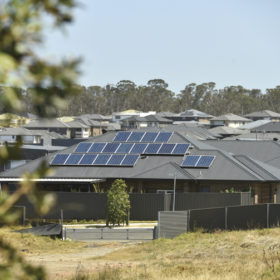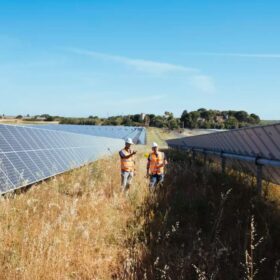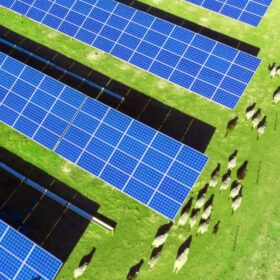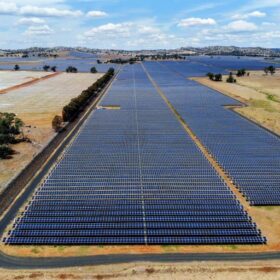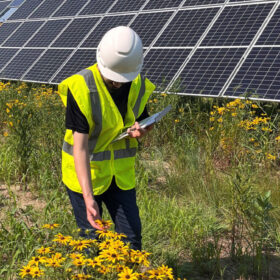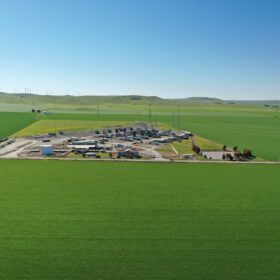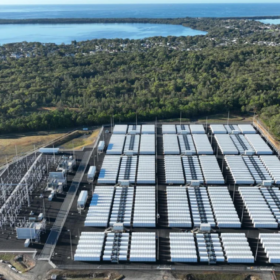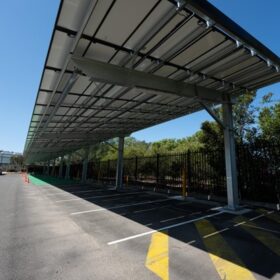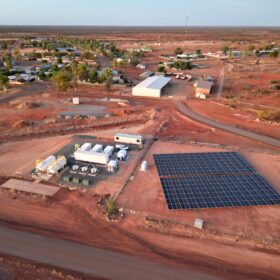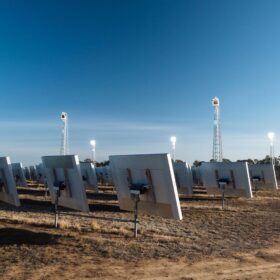Fortescue commits to major manufacturing facility in US
Fortescue has announced plans to open its first manufacturing centre in the United States, partnering with the state of Michigan to establish a production hub for automotive and heavy industry batteries, fast chargers and hydrogen electrolysers.
Energy transition speeds up as rooftop PV records tumble
Australia’s rooftop solar sector continues to shine bright with new data from the Australian Energy Market Operator revealing that distributed PV output across the main grid reached a record high in the final quarter of 2023.
Rio inks long-term offtake agreement for 1.1 GW Queensland solar plant
Resources giant Rio Tinto has signed Australia’s largest yet corporate power purchase agreement – agreeing to buy 100% of the output from European Energy Australia’s 1.1 GW Upper Calliope Solar Farm to provide renewable power to its aluminium operations in Queensland.
Developer eyes new opportunities after Mudgee solar farm rejected
Renewables company ITP Development will continue to look for opportunities in regional New South Wales despite the Land and Environment Court having killed off the company’s plans to build a large-scale solar farm near Mudgee in the state’s central west.
Harmony syncs with First Renewables on 150 MW NZ solar farm
Renewable energy infrastructure developer Harmony Energy will team with New Zealand clean energy aspirant First Renewables to build what is expected to be the largest solar farm in the country when it is commissioned in 2026.
EnergyCo announces access rights update for Central-West Orana REZ
Renewable energy generators chasing access rights to the new Central-West Orana Renewable Energy Zone network will be presented with a streamlined application process as the New South Wales government prioritises achieving financial close on the network project.
Solar sites linked to higher levels of insects
Scientists conducting a five-year research project in the United States have observed a tripling of insect numbers near two solar facilities built on rehabilitated agricultural land. They say the findings show how habitat-friendly solar could help protect insect populations and improve pollination in nearby agricultural fields.
EnergyAustralia announces plans for 600 MWh big battery in SA
EnergyAustralia says it will increase the capacity of a battery energy storage system to be built adjacent to its Hallett Power Station in South Australia from an initial 50 MW to 150 MW, and 200 MWh to 600 MWh, after the successful completion of the first stage.
Ausgrid turns to microgrid technology to support energy system into future
New South Wales electricity distributor Ausgrid is exploring the potential of solar-powered microgrids to enhance energy security for communities during extreme weather events and extended outages with construction having started on what will be the company’s first microgrid.
S-5! offers solar attachment solution to simplify wire management
S-5! has introduced a module-level power electronics mount for solar developers, installers, end users, and engineering, procurement and construction contractors who are looking for a mounting device for solar module frames, without attaching to rails.

